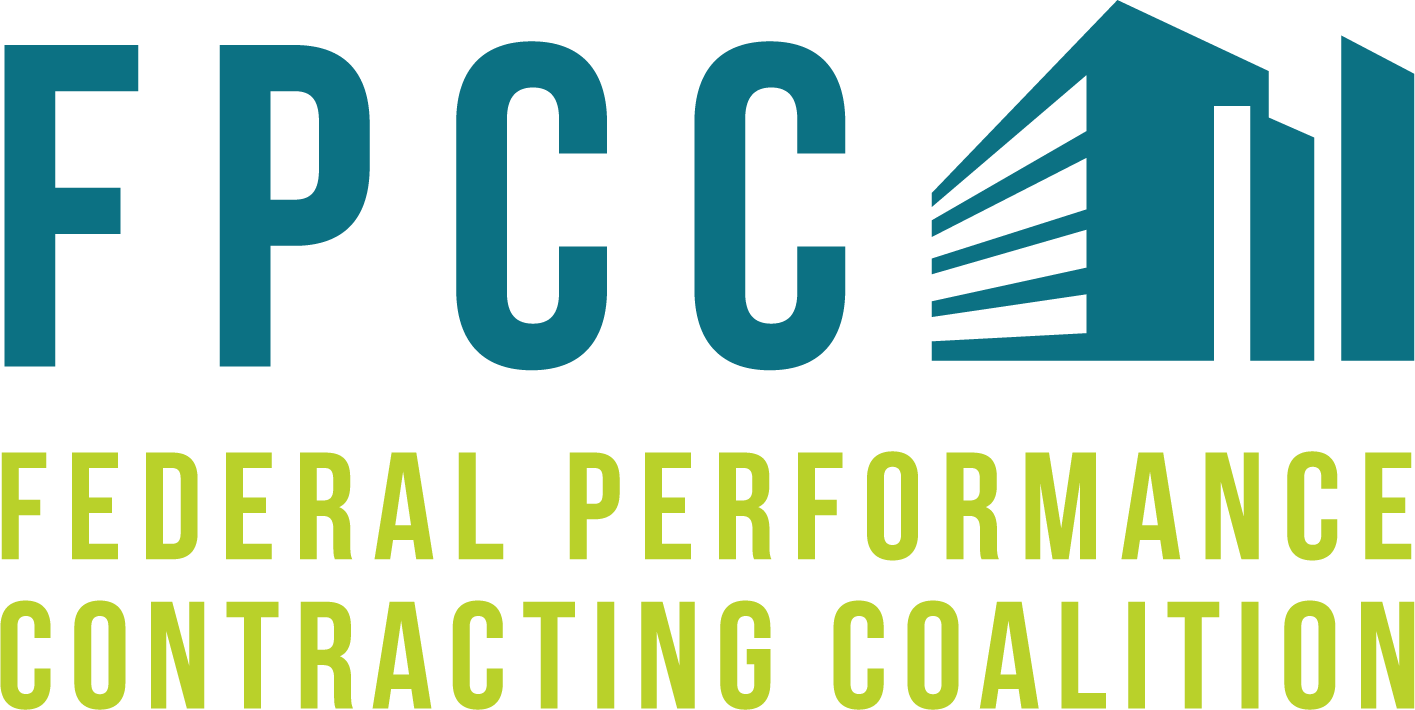When it comes to comfort, few things are as essential as a properly functioning HVAC system. Heating, ventilation, and air conditioning not only regulate temperature but also influence indoor air quality, humidity levels, and energy costs. Choosing the right HVAC system for your home is a decision that impacts your lifestyle and your wallet for years to come. With so many options available, it’s important to understand the key factors that go into making the best choice. For ac repair Christiansburg, call Blue Ridge Heating & Air.
Step 1: Understand the Types of HVAC Systems
The first step is learning about the different types of HVAC systems commonly used in homes. Each has unique benefits, and the best one for you will depend on your home size, layout, and climate.
-
Split Systems: These include both an indoor and outdoor unit. They are the most common residential choice and can provide both heating and cooling.
-
Ductless Mini-Split Systems: Ideal for homes without ductwork or for individual room control. They are energy-efficient and flexible in installation.
-
Packaged Systems: All components are housed in a single unit, usually installed outside. These work well for homes with limited indoor space.
-
Heat Pumps: Excellent for moderate climates, heat pumps provide both heating and cooling by transferring heat rather than generating it.
Step 2: Consider Energy Efficiency
Energy efficiency should be a top priority. HVAC systems account for a large portion of household energy use, so choosing an energy-efficient model saves money in the long run. Look for units with:
-
SEER Rating (Seasonal Energy Efficiency Ratio): The higher the SEER, the more efficient the cooling system.
-
AFUE (Annual Fuel Utilization Efficiency): Important for furnaces; higher percentages mean better efficiency.
-
ENERGY STAR Certification: Guarantees the system meets strict federal efficiency standards.
Step 3: Evaluate Your Home’s Size and Layout
An HVAC system that is too small will struggle to heat or cool your home, while an oversized system will waste energy by cycling on and off frequently. A professional will perform a load calculation to determine the right size unit based on square footage, insulation, window placement, and other factors.
Step 4: Factor in Climate and Comfort Preferences
The local climate plays a big role in system selection. For example:
-
Homes in hot, humid areas benefit from systems with strong dehumidification features.
-
Colder climates may require powerful furnaces or dual systems with both a heat pump and backup heat source.
-
Mild climates often find heat pumps sufficient year-round.
Additionally, think about your comfort preferences. Do you want zoned systems to control temperatures in different areas of your home? Do you prefer advanced air filters to reduce allergens? These preferences can guide your decision.
Step 5: Look Into Smart Technology and Features
Modern HVAC systems offer smart technology that adds convenience and efficiency. Programmable thermostats, Wi-Fi-enabled controls, and advanced sensors allow homeowners to customize settings and save energy. Systems with variable-speed motors also deliver more precise temperature control and quieter operation.
Step 6: Work with a Trusted Professional
Choosing and installing an HVAC system isn’t a DIY project. Professional guidance ensures proper sizing, installation, and long-term performance. An experienced technician can also recommend maintenance plans to keep your system running efficiently. Partnering with a reputable Portland HVAC Company or another trusted provider in your area gives you peace of mind that your investment is in good hands. For air conditioning repair Lynchburg, call Atkinson Heating & Air Condtioning, Inc. And if you’re looking to keep your heating system in top shape, consider scheduling a professional boiler service Durham to ensure reliable warmth and efficiency throughout the colder months. For reliable heating and cooling solutions, turn to Raleigh HVAC experts who provide top-notch service and lasting results.
Step 7: Think About Long-Term Costs
While the upfront cost of an HVAC system is important, consider long-term expenses as well. This includes:
-
Energy bills.
-
Regular maintenance costs.
-
Potential repair expenses.
-
The lifespan of the system.
An energy-efficient system may cost more initially but typically pays for itself over time with lower operating costs.
Choosing the right HVAC system is about more than just heating and cooling—it’s about creating a safe, comfortable, and efficient home environment. By considering system type, energy efficiency, home size, climate, and professional installation, you’ll be well-equipped to make the right choice. With the proper system in place, you can enjoy consistent comfort and peace of mind for years to come.
